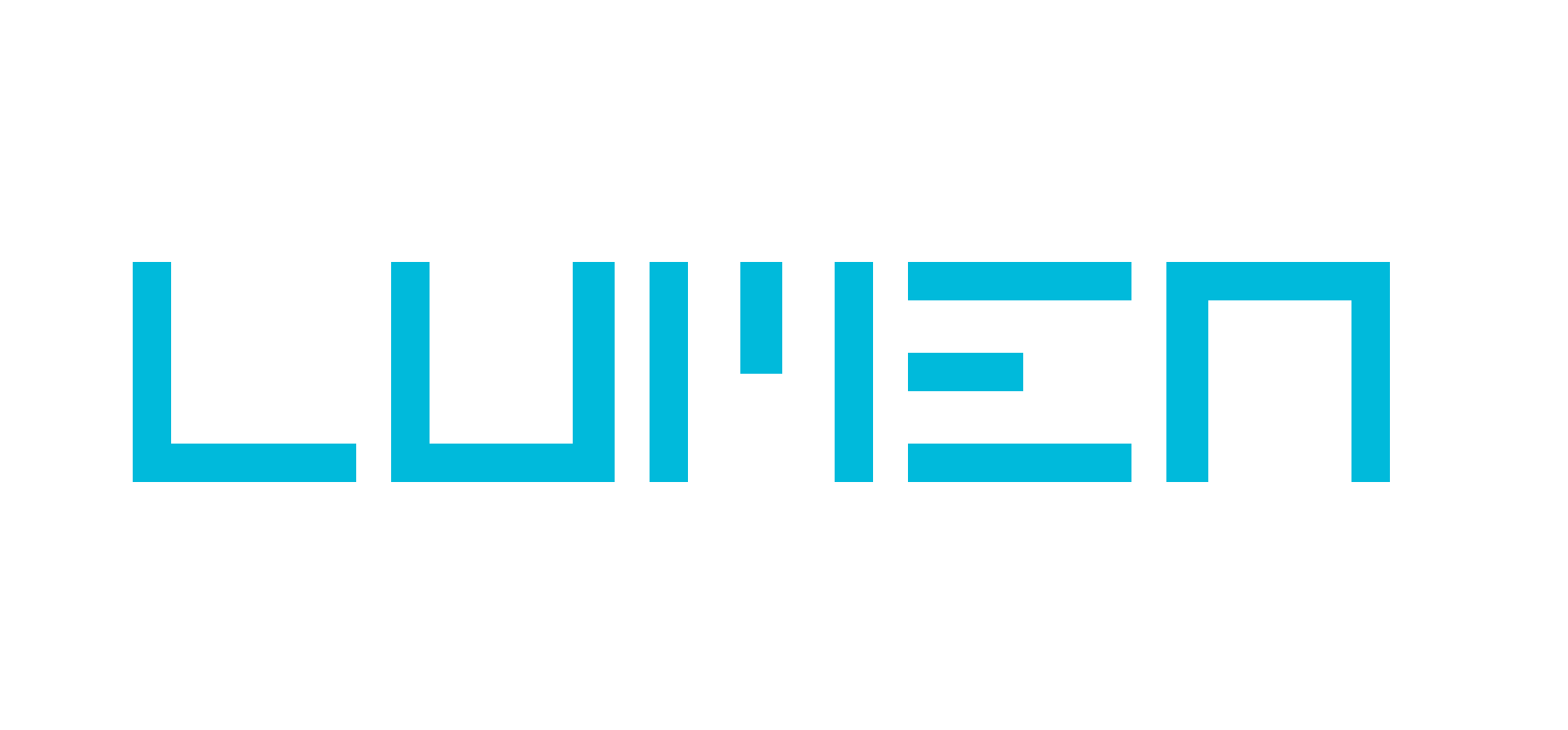00.00
Publishers and an 'ecology of attention'

This is an extract from The Challenge of Attention, a booklet we have produced in partnership with Ebiquity and TVision.
If attention is a commodity, then it can be traded between consumers, advertisers and publishers: the ‘Attention Economy’.
This is not a new idea. Publishers have long said that they are in the business of ‘selling eyeballs’, and the process was schematized in a seminal article by Rick Bagozzi entitled ‘Marketing as Exchange’ (1975).
Bagozzi conceptualised a circular economy, in which consumers get free entertainment from TV stations and publishers in ‘exchange’ for giving some of their precious attention to the ads that accompany the content. Advertisers, via media agencies, pay for this attention by buying ad slots, their costs covered by the purchases made by the consumers at the other end.
Publishers are, therefore ‘attention merchants’, selling eyeballs to advertisers. Good publishers generate the high levels of attention for the lowest possible cost. The best publishers will optimise their sites for attention.
So what should publishers do to maximise the attention that advertising receives on their stations and sites? And what should smart advertisers look for in assessing quality?
Here are a few hints and tips for digital advertising:
· Reduced ad clutter: the more ads are on the page at the same time, the less attention goes to any of them.
· Gold beneath the fold: even though many digital ads above the fold are technically viewable, ads positioned in the body of the article are much more likely to get noticed and engaged with.
· Negative space: the more an ad stands out from the page, the more likely it is to be seen.
· ‘Slow media’: the more people engage with the article they are reading, the more they tend to engage with the accompanying advertising. Invest in journalists and content creators: they are the golden geese.
This last point – that the advertising on media that is consumed more slowly get more attention – was neatly brought to life in a recent study of the attention patterns of 1500 magazine readers, undertaken by Lumen for Magnetic, the magazine marketing body. We found that the faster someone scrolled their phone, the less attention the accompanying ads received.

And this in turn highlights a further truth. Publishers serve two groups: their audiences and their advertisers. The interests of both groups have to be balanced, but the audience – and therefore the journalists and content creators – have to come first. Without the attention to the content, there is no attention to the advertising.
We have to think in terms of ‘sustainable attention’. Maximising short term ad yield to create hundreds of technically viewable but practically useless ad slots may make short term sense, but spells long term ruin. Ad-free TV subscriptions and online ad blockers are a very real response to the increasing length of TV ad pods and burgeoning digital ad clutter.
It seems we operate less in an attention economy than an attention ecology: an environment that meets the needs of all participants. Attention is exchanged in a circular manner, and is liable to break down unless the interests of all are served. Consumers won’t engage with the publishers if their time is wasted by too much (irrelevant) advertising; the publishers can’t provide a (free) service unless they make sufficient revenues; advertisers won’t pay the bills unless the consumers actually notice and act on the ads.
But we can avoid this fate if we properly value people’s attention, creating environments that they want to visit, with sustainable levels of advertising that actually get looked at, and acted on.
00.00









